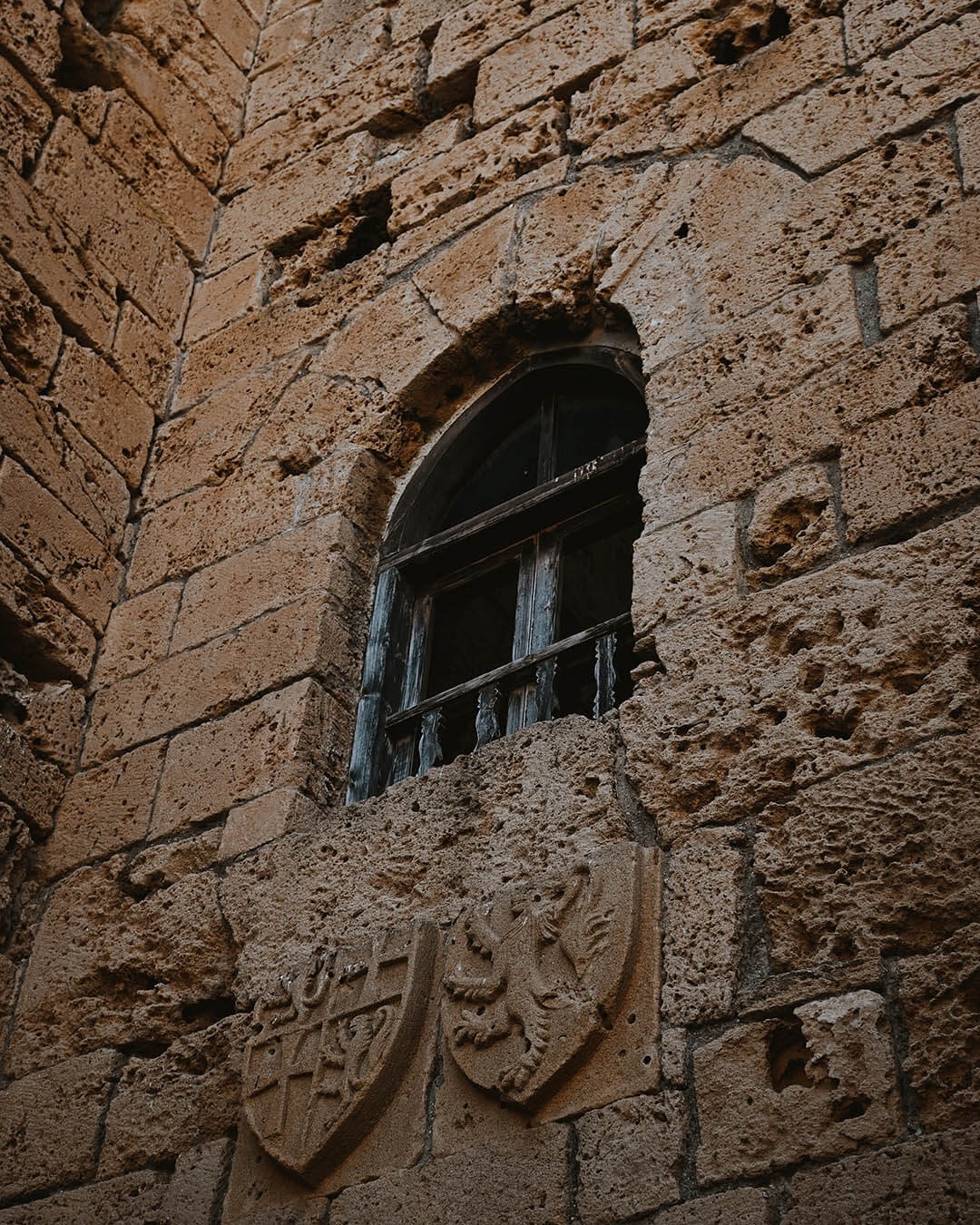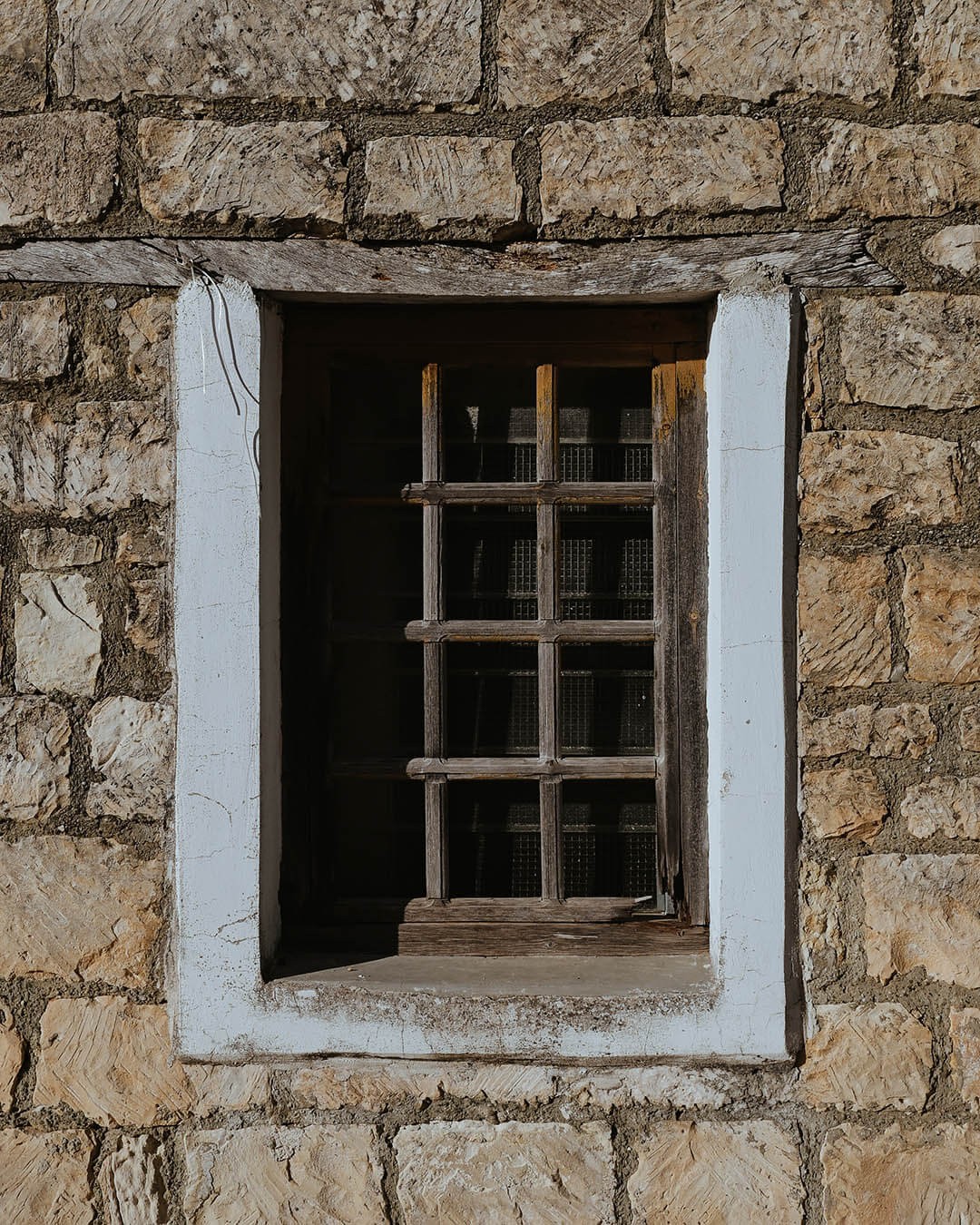Káto Drys
- Larnaca
- Village
Kato Drys is a small village situated in the southern part of the island, within the Larnaca district. Known for its picturesque alleys and traditional architecture, the village has become a favored destination for mountain enthusiasts.
The name "Kato Drys" translates to "Lower Oak," and its origin is subject to two prevailing theories. One theory associates the name with the abundance of oak trees ("δρύες" in Greek) found in the area. The other suggests that in the past, two villages existed, separated by a large oak tree. These settlements were then named Pano Drys ("Upper Oak") and Kato Drys ("Lower Oak").
Taking a stroll through the narrow cobbled streets of Kato Drys offers a glimpse of the village's authentic charm. Stone-built residences, adorned with colorful windows and doors, and embellished with various flowers and plants, create a captivating atmosphere. The village square welcomes visitors with its typical coffee shops, providing a relaxing space to unwind.
Kato Drys boasts numerous churches and chapels scattered throughout its surroundings. Among them is the oldest chapel in the village, dedicated to Panagia Eleousa (Virgin Mary of Tenderness), dating back to the 12th century. The primary church of the community is the Saint Charalambos Church, situated in the western part of the village, built in 1897. A short distance away, atop a hill, lies the Saint Neophytos Chapel, a small stone-built single-aisled church with a tiled roof. The region also houses the Agios Minas Monastery, estimated to have been built in the 15th century. Renovated in the 19th century, the monastery now stands as one of Cyprus's largest, featuring a unique three-tiered wooden iconostasis from the 18th century.
For a deeper understanding of the island's culture, Kato Drys offers two museums to explore. The Local Agricultural Museum exhibits traditional rural household items in a 19th-century mansion, while the Bee and Embroidery Museum showcases everyday life tools, traditional lace embroidery handicrafts ("Lefkaritika"), and information on beekeeping practices and honey production.
Notably, Kato Drys is home to vast vineyards, making it the largest territory for vine cultivation in the Larnaca district. Although not part of the classic wine-producing region of Cyprus, the village is included in the diverse wine route of mountainous Larnaca and Nicosia. This route encompasses ten villages, including Skarinou, Kato Drys, Lefkara, Machairas forest, Fikardou, Gourri, and Nicosia. The wine route offers an enriching experience with various grape varieties, both white and red, along with cultural encounters.
Nature enthusiasts can delight in the two nature trails connecting Kato Drys to neighboring Lefkara. The linear trail covers around 2 km, leading hikers through a rural road towards the Metamorfoseos tou Sotiros Holy Church ("Transformation of the Saviour" Church), and then onto Kato Drys Village. The circular trail, spanning 2.5 km, takes hikers from Pano Lefkara to Vavatsinia village, passing by Dipotamos dam and Agios Minas Monastery. Both trails offer scenic views of the mountainous Larnaca region.
Kato Drys, with its historical and traditional richness, quaint streets, museums, churches, and opportunities for nature exploration, stands as an enchanting mountainous destination worth visiting year-round.
Other locations
All locationsKyrenia Castle
Kyrenia | Monument
Like something straight out of a fairytale, Kyrenia Castle stands at the entrance of the city's port, with almost all of its fortifications intact, it is one...
Archaeological Site of Amathus
Limassol | Point of interest
Located just outside the city of Limassol, the Archaeological Site of Amathus is one of the oldest settlements known to Cyprus and it is definitely a destina...
Panagia tou Sinti
Paphos | Church
In a small village of Paphos district is located a true religious gem, the old abandoned monastery of Panagias of Sintis, that its crumbling walls hint at a ...



